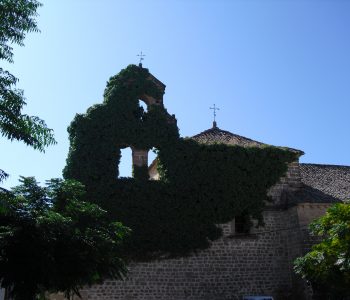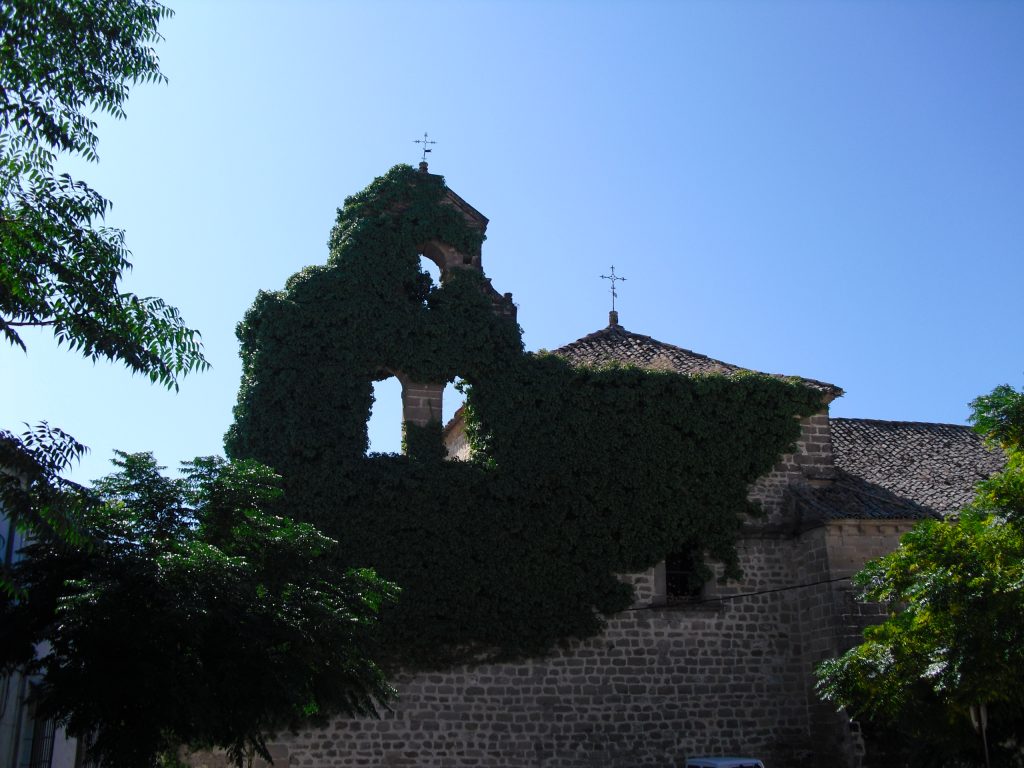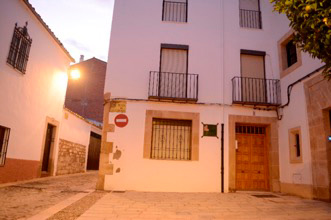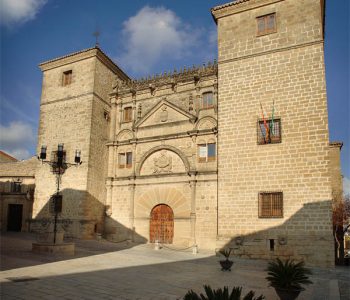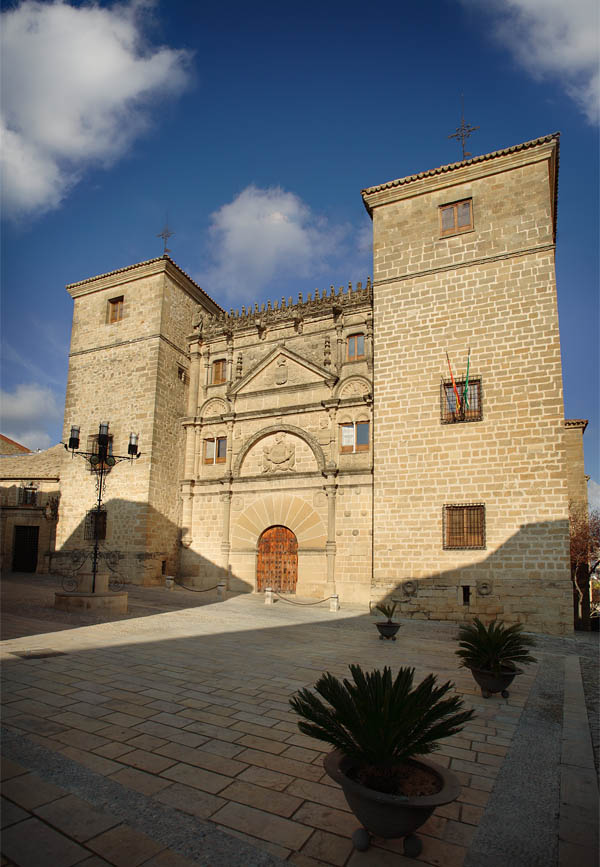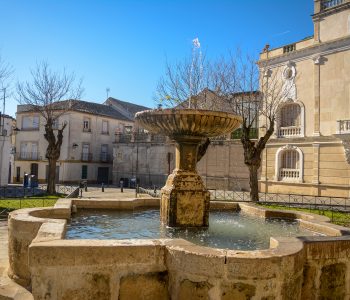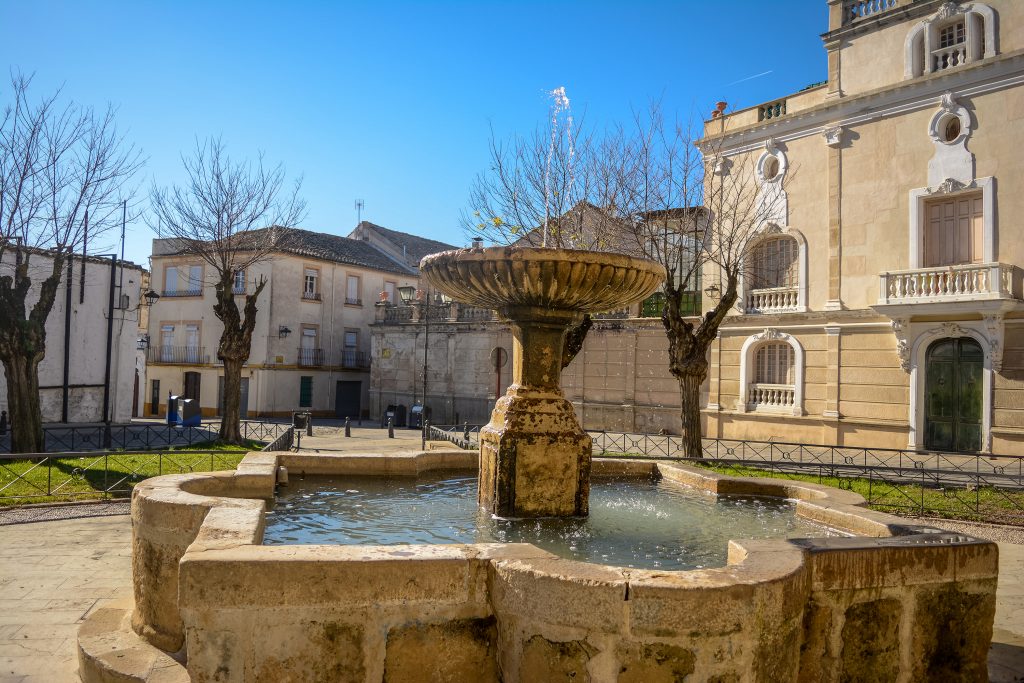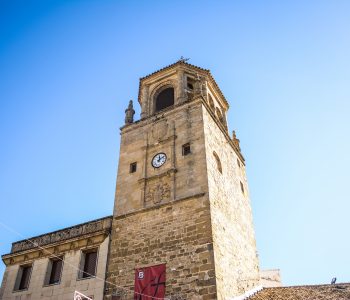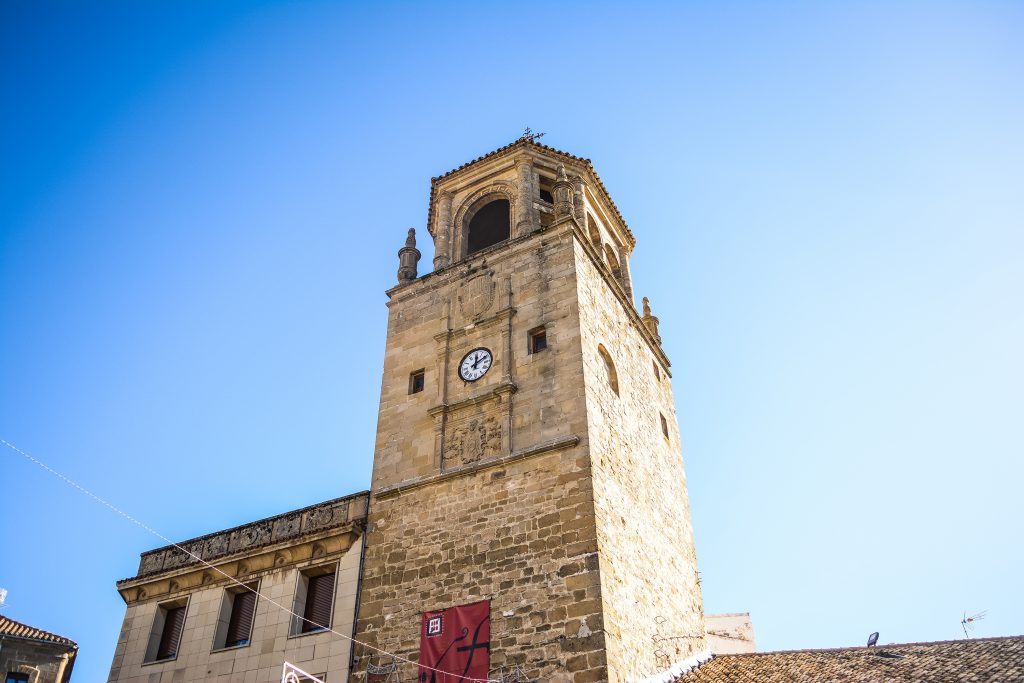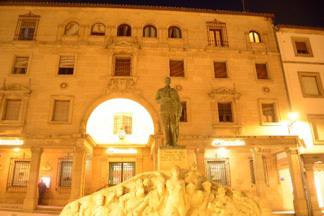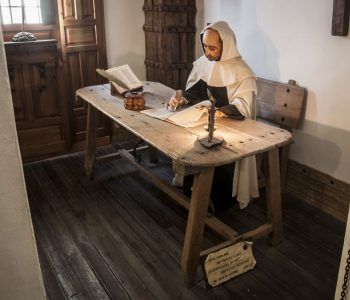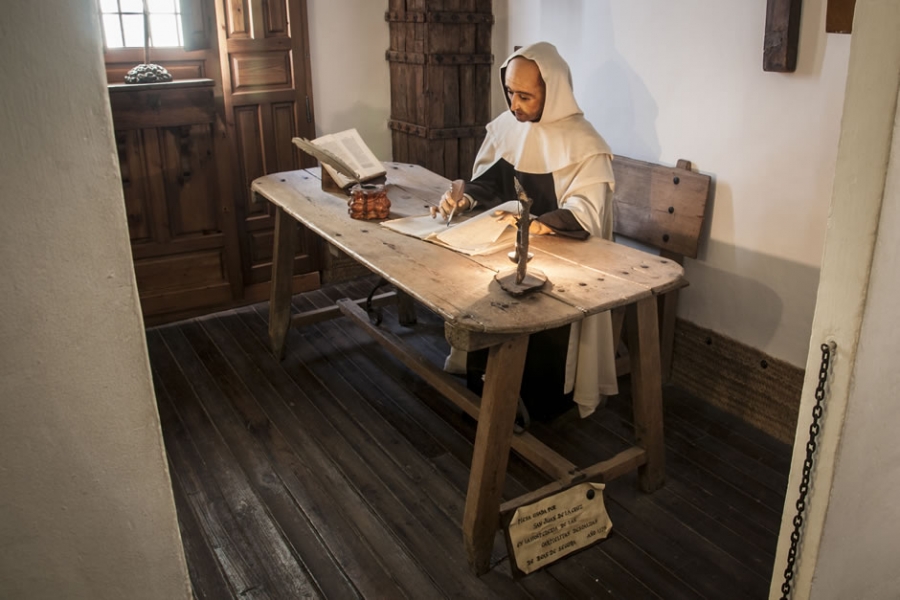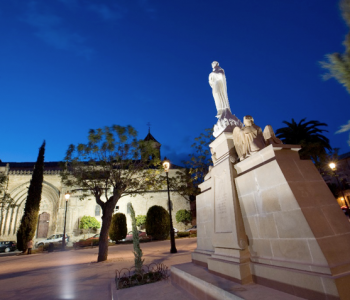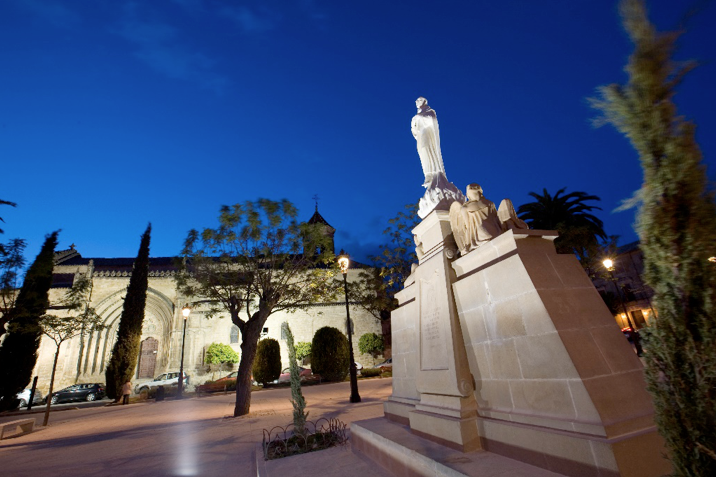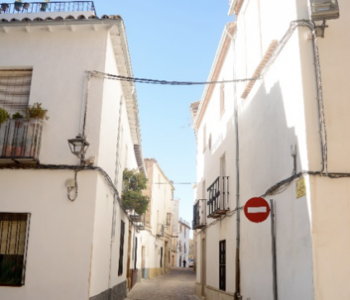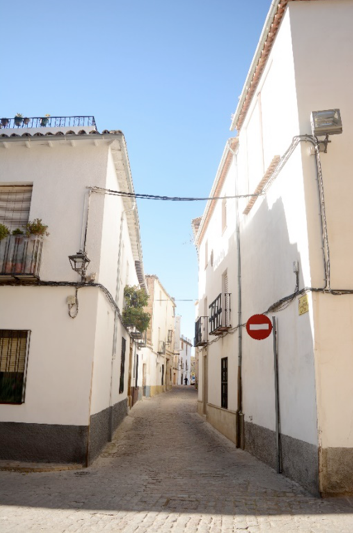 No category
No category
Sculpture to the Fallen

The Town Hall square, also known as the Plaza de the Fallen for the sculpture it houses, stands between the Vázquez de Molina square, where you can find authentic Renaissance works such as the Sacra Capilla del Salvador and the San Lorenzo neighborhood. This is where Antonio Muñoz Molina lived his childhood and youth. A sculpture that is located in the center of the square and is dedicated to all those who died in the Spanish Civil War. It was made in 1951 by the Cadiz-born image master Juan Luis Vasallo.
The Ubeda author makes mention of this square and / or its sculpture several times in his work The Polish Horseman, both to evoke his usual route to the San Lorenzo neighborhood, and to recall interesting aspects in the novel.
“[…] and it was Don Mercurio who commissioned it […], an artist who later became very famous […], Eugenio Utrera, you may have got to know him, he also made the That monument in the Plaza de los Caídos […] “
Antonio Muñoz Molina. The Polish Horseman.
